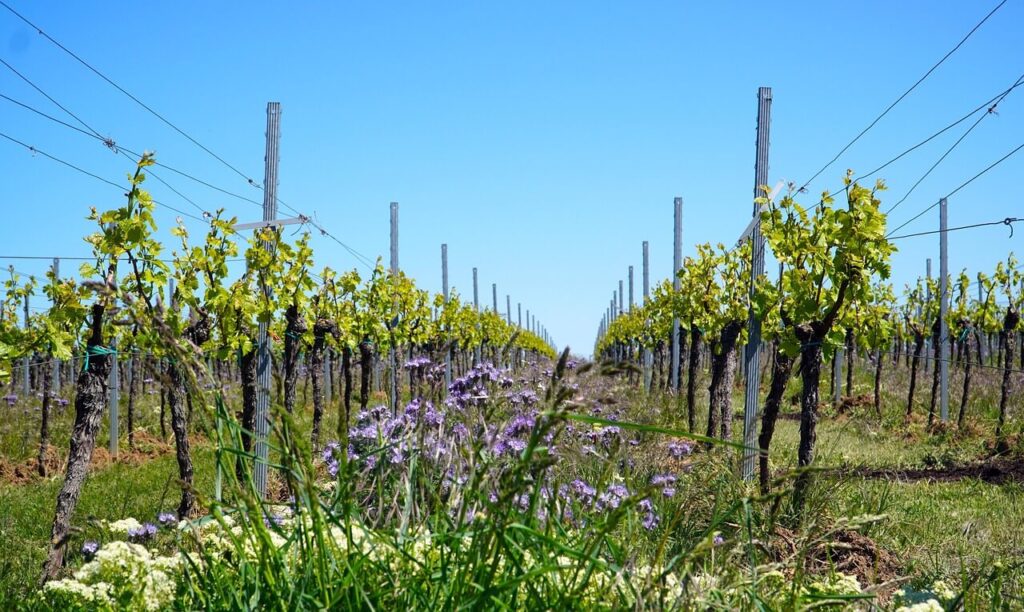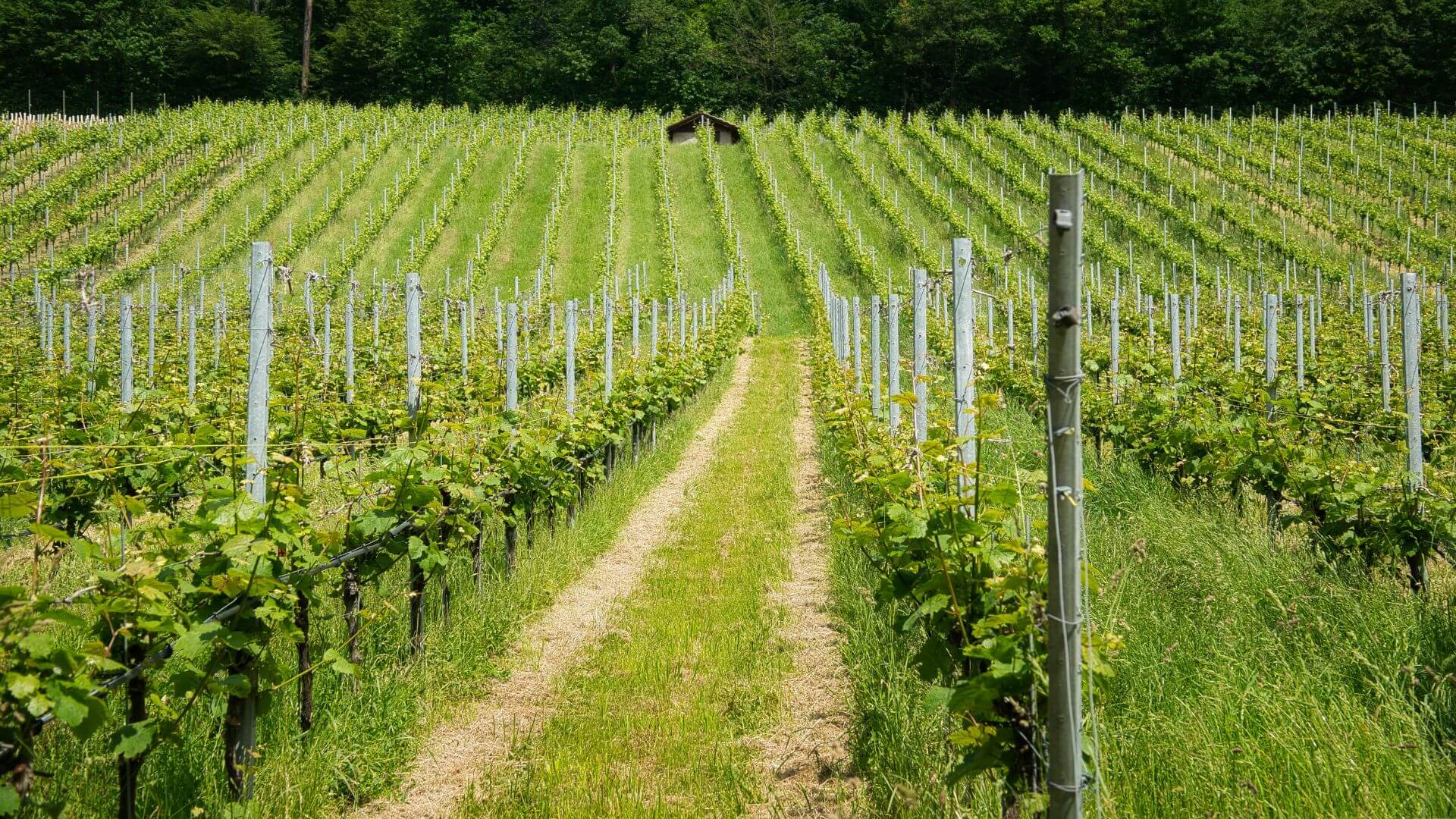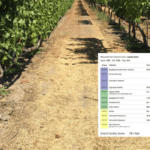The earliest evidence of wine production was found in Georgia around 6000 BC, and at that time, Mother Nature had all the freedom to influence the factors in the vineyard. And it was more or less so until the beginning of the 20th century, when Synthetic chemistry advanced rapidly. Pesticides and herbicides became game changers in the fight against vine diseases, and grape growing without them became unimaginable.
But times are changing again. Less use of chemicals, less harm to the environment, and, in the case of wine, less powerful hangowers are becoming important factors in how consumers preserve wine brands these days. According to the Australian wine industry report, sustainable wine growing is on the move. The total certified organic grape production in 2012 was estimated at over two million dollars and is expected to grow exponentially over the next decade.
The successes of iconic winegrowers such as Henschke and Cullen, along with building of consumer pressure and attacking niche markets by smaller wineries are trends that are driving the wine industry further down the path of true sustainability.
Several studies have confirmed that organic wine is on the rise among wine lovers, too. One of them is the 2014 Australian Organic Report, which shows that organic wine has a 6.9% share of the total organic market in Australia, with organic grape production increasing by an incredible 120 % between 2011 and 2014.
No wonder that in the last 10 years, there has been a growing number of small, often family-owned wineries making handcrafted, individual wines in a bid to differentiate themselves from the big players. It’s these niche growers who have driven the move to more sustainable agricultural practices.

Wine Institue from California recognizes several benefits of more sustainable production:
Economic benefits of sustainable wine growing
- Long-term viability of land and business
- Long-term cost savings
- Improved wine quality
- Readiness for potential future International Trade Certification needs such as ISO14001
- Enhanced value of Real Estate
- Maintained and improved market value of wine produced in California
- Enhanced relations with specific demographics, such as European markets and domestic Green consumers
Environmental benefits of sustainable wine growing
- Long-term viability of land
- Stewardship of unique and specific land
- Conservation of natural resources
Social equity benefits of sustainable wine growing
- Health and well-being of the farm’s and winery’s employees and neighbors
- Enhanced relations with neighbours and communities
- Enhanced relations with consumers and tourists
- Enhanced relations with regulators and public policy institutions (Government, Media and Educators)
With the growing interest in organic growing and biodynamics, it makes marketing sense to follow the sustainable path. That’s also a path that leads to wines that celebrate vintage variation and deliver more flavour, have more character and rejoice in their unique personality.
Sources:
- California Sustainable Winegrowing Alliance. Sustainable Winegrowing Library. Accessed October 2015 (online)
- Australian organic market report 2014, Australia Organic. Accessed October 2015 (online).
- Featured image by Joerg Hartmann




